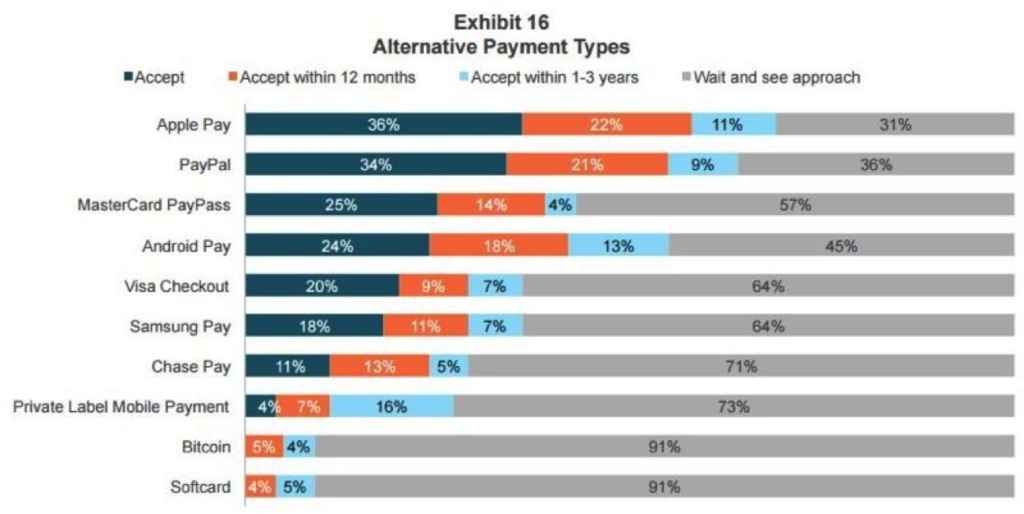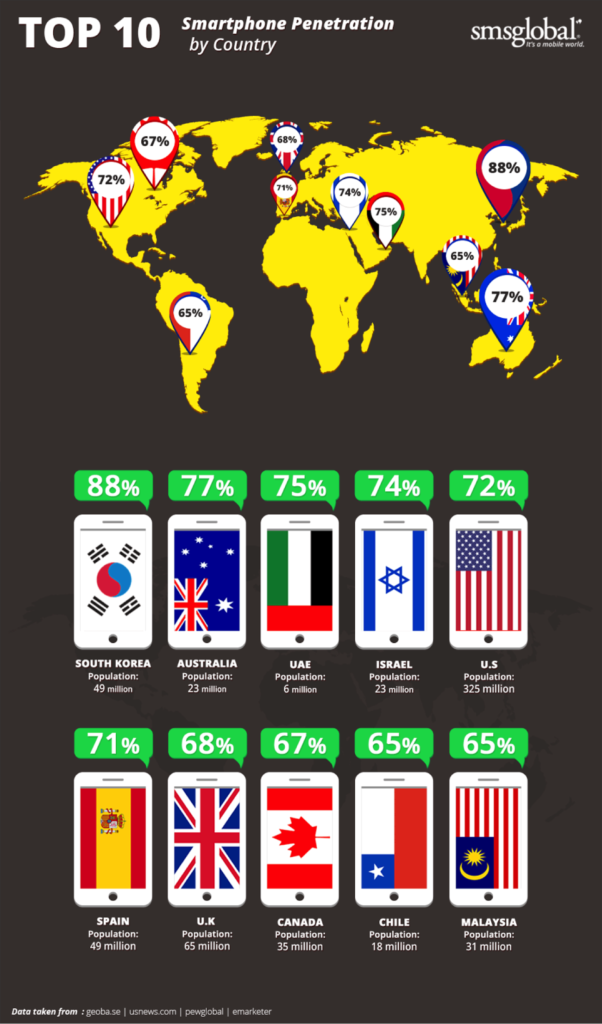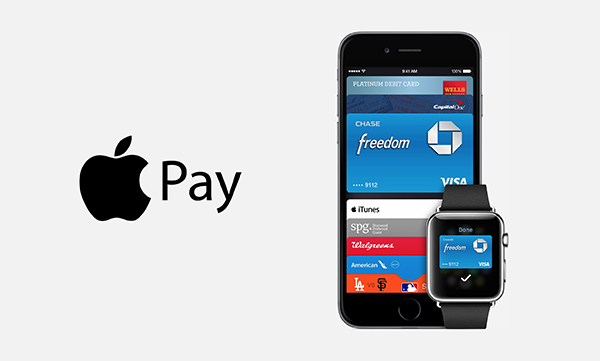When Tim Cook launched Apple Pay in September 2014, not many in the world would have thought that the company would soon become the most accepted mobile payments service in the United States. Apple has taken just over two years to get 36% of U.S. merchants to start accepting Apple Pay, up from 16% in 2016.

A recent survey conducted by Boston Retail Partners found that 36% of US merchants already accept Apple Pay, with another 22% saying that they plan to accept the payments service in the next 12 months. PayPal came in second, with 34% acceptance, and Android Pay is accepted at 24% of merchant locations.
Apple Pay and PayPal have run away with the market, creating a solid lead over others in the overcrowded mobile payments service market. This is obviously great news for Apple, because the more merchants start accepting mobile payments, the more it increases awareness about Apple Pay. In turn, this will increase user adoption rates as well as transaction volumes.
The idea of not having to carry around your card has still not etched in our minds, but as users get more comfortable with making their payments using their smartphones, the need for plastic is likely to reduce.
Smartphone penetration in the United States is already above the 70 percent level, and it is steadily increasing around the world as well.
With most Americans already in possession of a smartphone, all that remains is for them to get more comfortable transacting through mobile. That’s where the true market potential lies for Apple Pay as well as PayPal.
Apple said that Apple Pay transaction volume was up by 500% during the most recent quarter, compared to last year – thanks to rapid adoption by merchants in the United States, as well as the company’s global expansion plans for its mobile wallet. Apple Pay is now available in thirteen countries, with four new countries going live this year: Japan, Russia, New Zealand and Spain.
Although international growth is a good thing, growth in the United States will be a huge morale booster for Apple, as it will push the iPhone maker to further invest heavily in the international rollout, while also making sure that the company keeps its focus on its new found growth engine.

Source: TheHub



